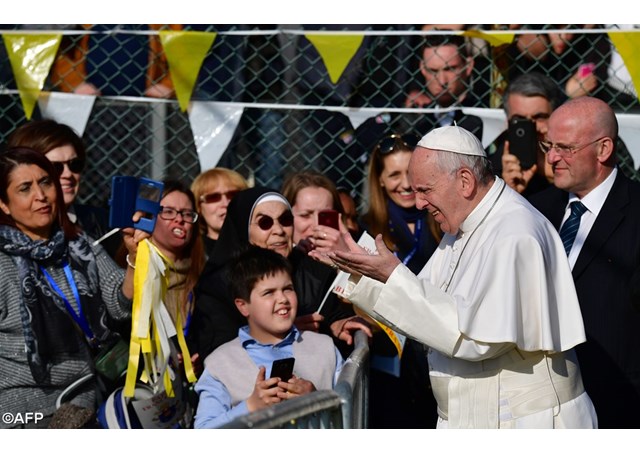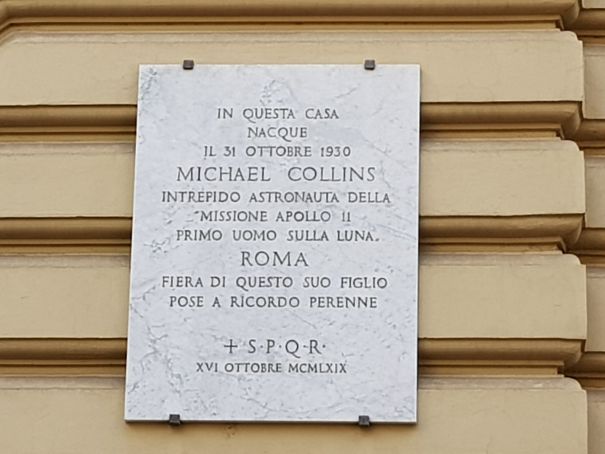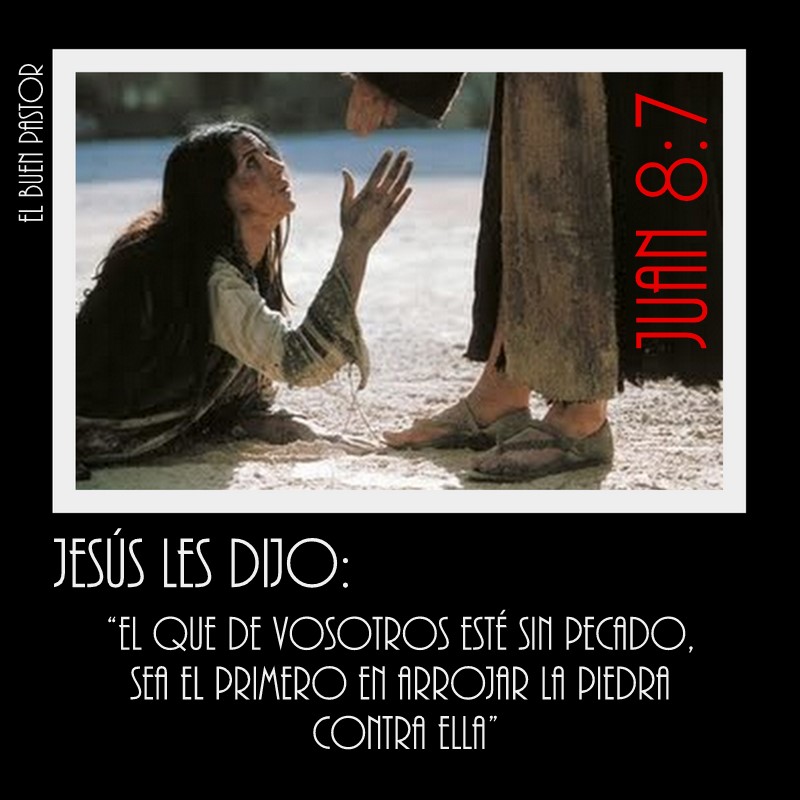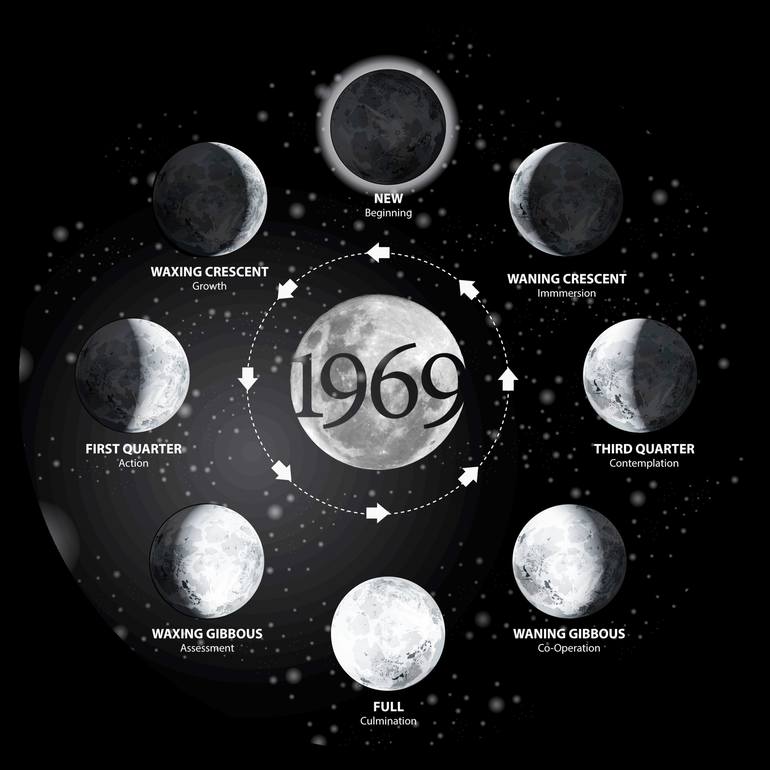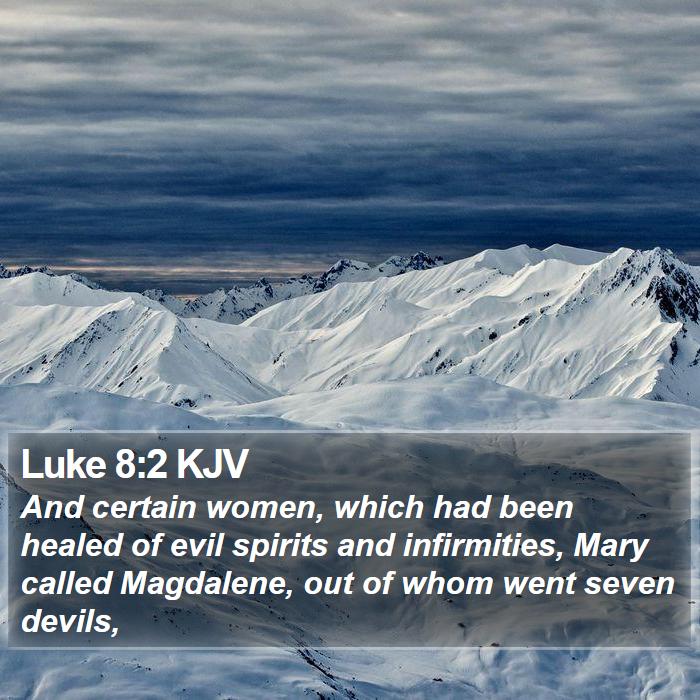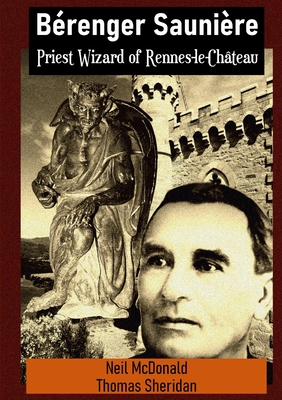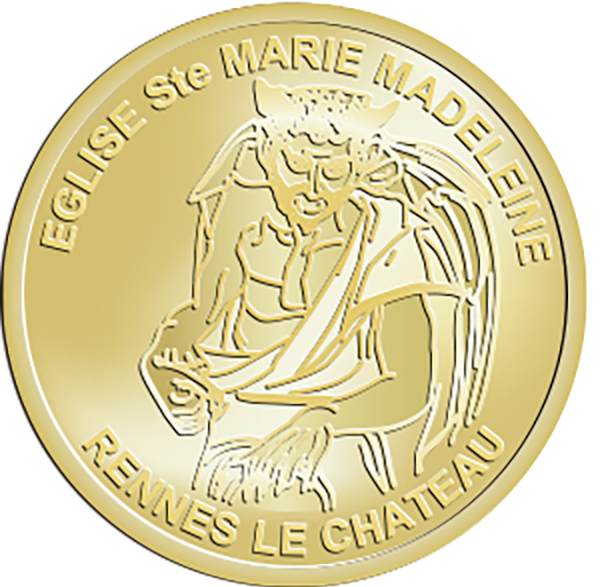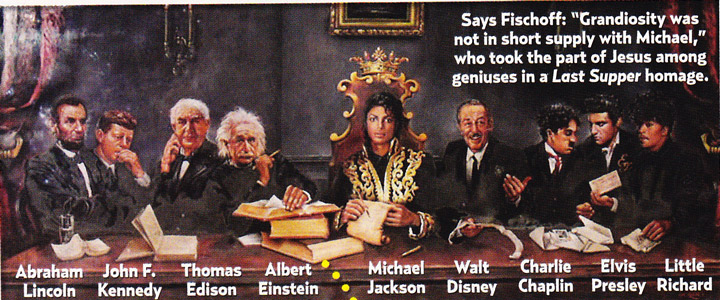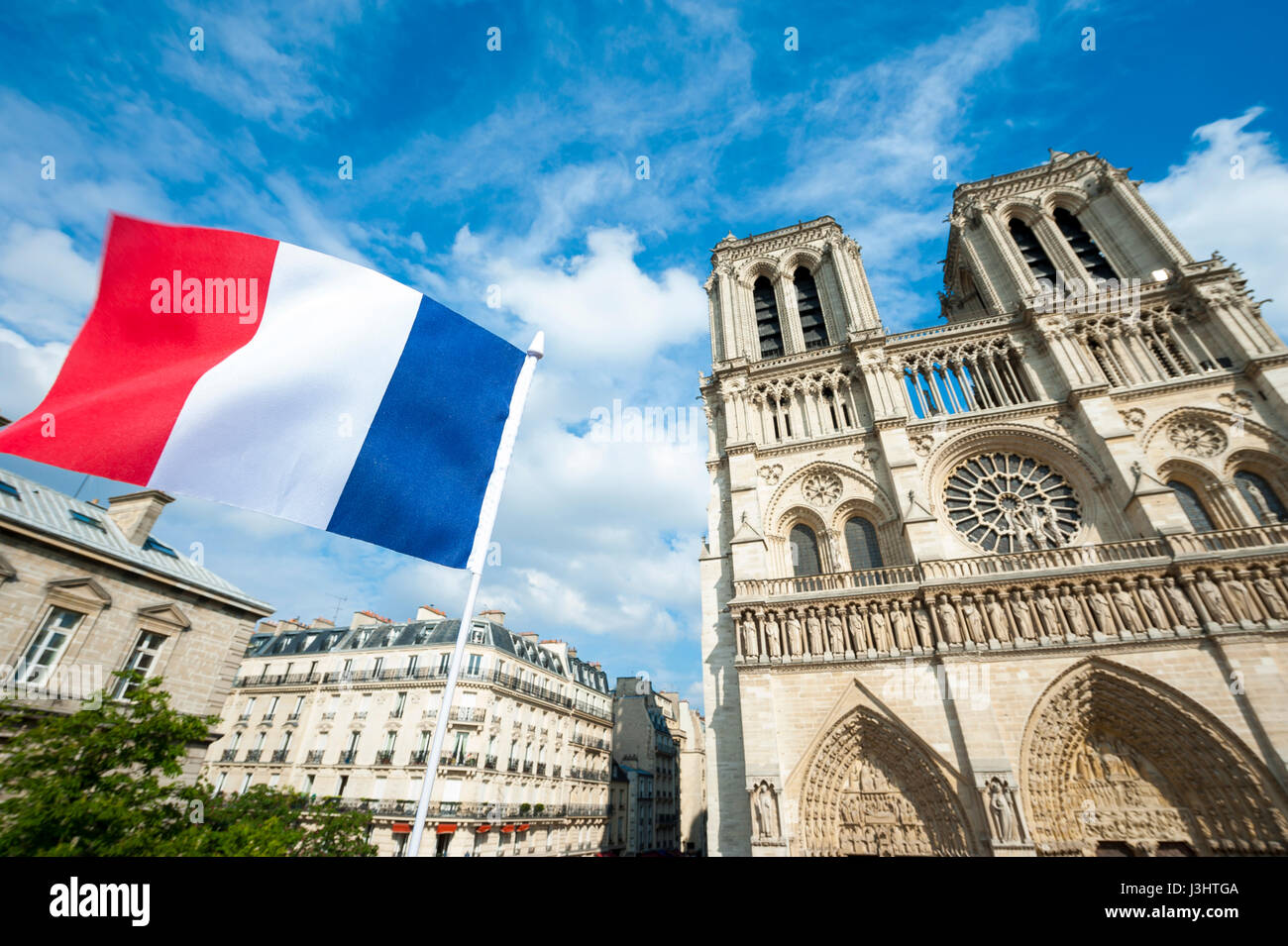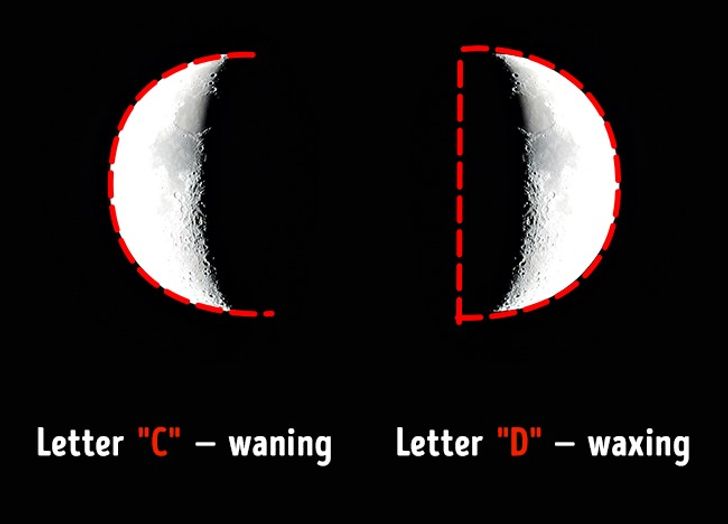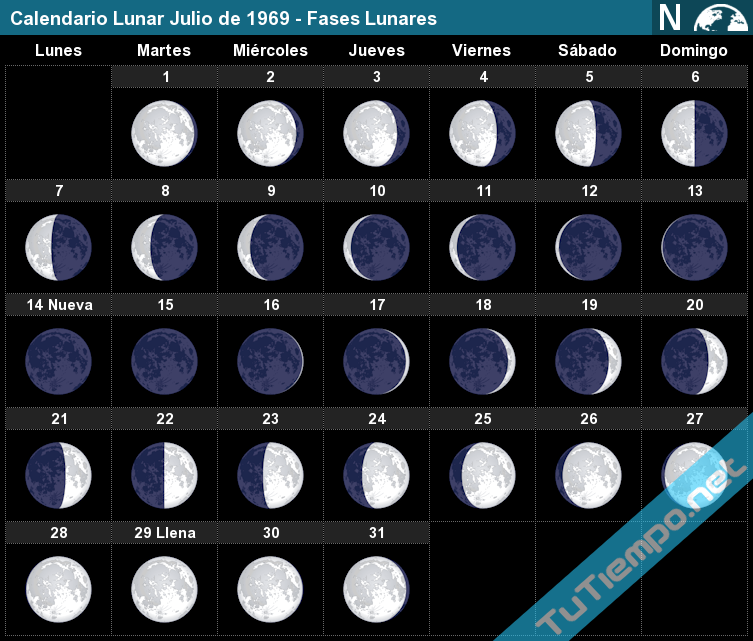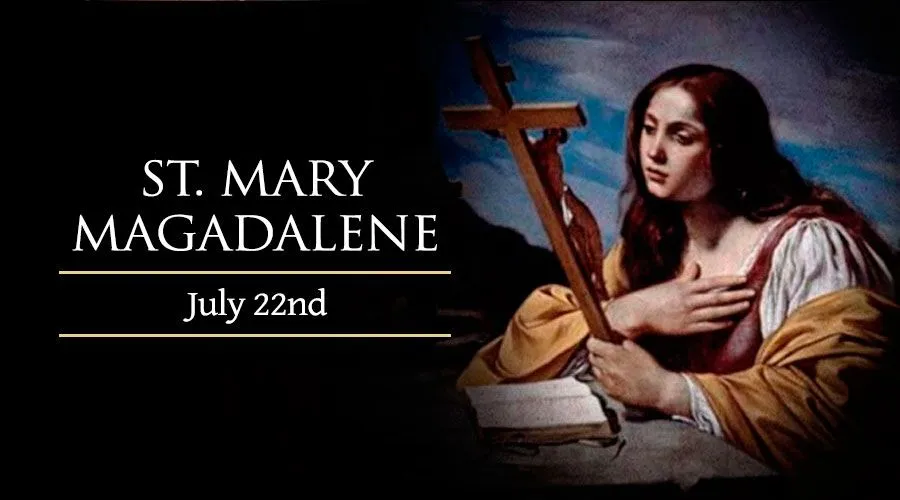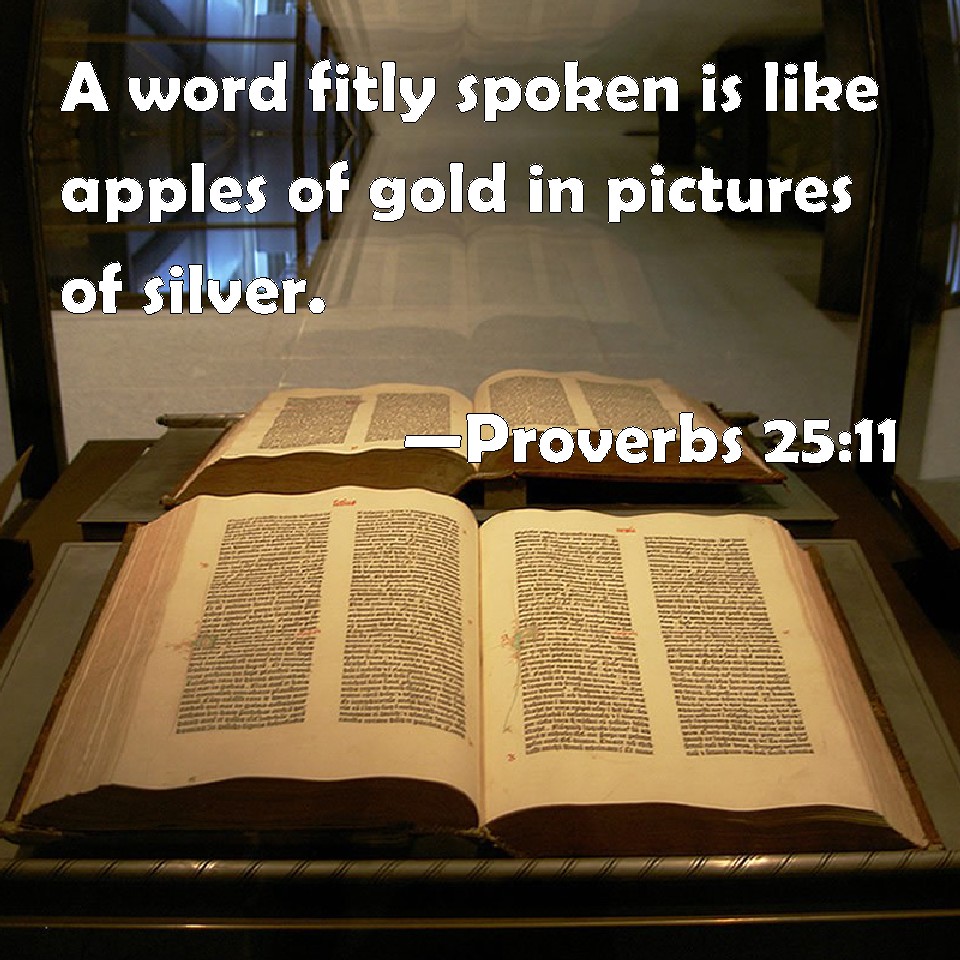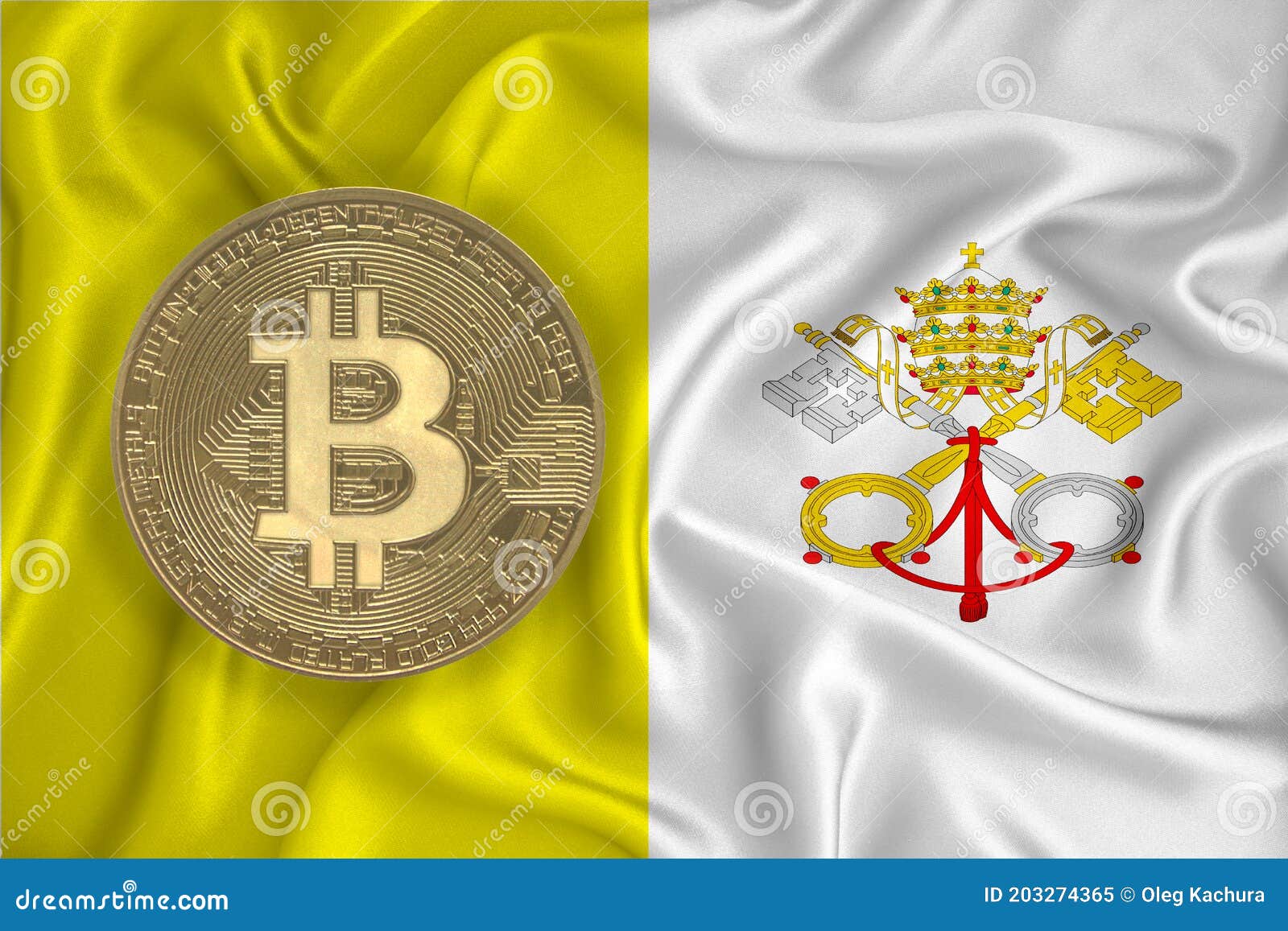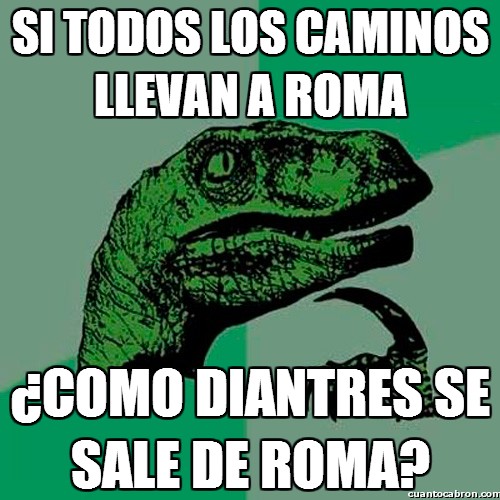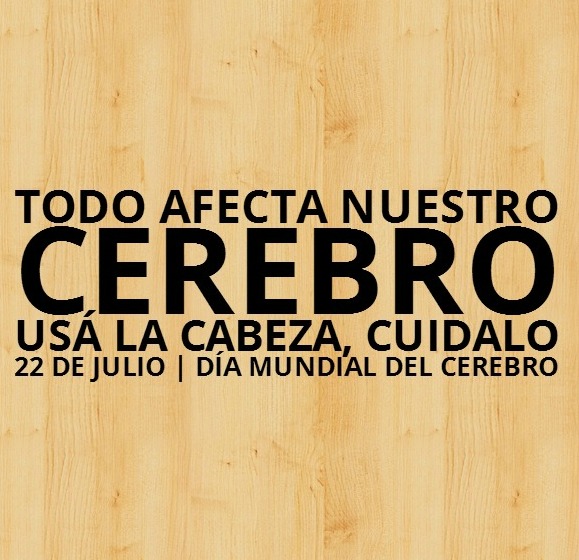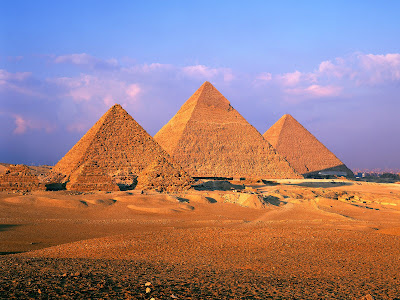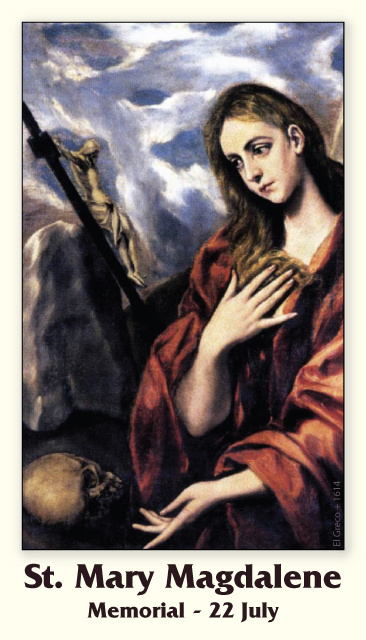English name:
Dedication:
Denomination:
Type:
Clergy:
Built:
Architect(s):
Artists:
Address:
Phone:
La Maddalena is a 17th century convent church at Piazza della Maddalena 53, in the rione Colonna. This is just north of the Pantheon. Pictures of the church on Wikimedia Commons are here. There is an English Wikipedia page here.
Contents
- 1Name
- 2Status
- 3Style
- 4History
- 5Exterior
- 6Interior
- 6.1Nave
- 6.2Counterfaçade
- 6.3Transept
- 6.4Sanctuary
- 6.5Chapel of St Francis of Paola
- 6.6Chapel of Our Lady of Health
- 6.7Chapel of St Camillus
- 6.8Chapel of the Crucifix
- 6.9Chapel of the Relics
- 6.10Sacristy
- 6.11Chapel of St Nicholas
- 6.12Chapel of St Lawrence Giustiniani
- 6.13Chapel of the Assumption
- 6.14Museum
- 7Access
- 8Liturgy
- 9External links
Name
The dedication is to St Mary Magdalene.
The full name of the church, as given by the Diocese, is Santa Maria Maddalena in Campo Marzio, but this is very rarely used. Modern published writings usually refer to it simply as Santa Maria Maddalena.
The usual local name of La Maddalena is actually owing to devotion to the Blessed Virgin Mary. Since St Mary Magdalen was a penitent sinner, there is an old tradition in Italy of referring to her only by her surname so as to avoid any hint of disrespect to Our Lady.
Beware of confusion in modern publications between this church and Santa Maria Maddalena delle Convertite, which was a convent church on the Corso before its demolition.
Status
The church is served by the Congregation of Clerks Regular, Ministers of the Sick also known as Camilliani or Camillians. They actually built it and the adjacent convent, which remains their international headquarters.
Also, the church is the regional church (Chiesa Regionale) in Rome for expatriates from the Abruzzo.
It is not a minor basilica, nor is it titular.
Style
This is often described as being the only church in Rome in the Rococo style. Actually, Rococo never really featured in Rome and scholarly attempts to distinguish a period for this style in the city are rather thin.
The distinction between Baroque and Rococo is blurred. Basically, the latter is distinguished by geometric architectural and decorative forms losing their mathematical integrity and becoming free-flowing in imitation of fire or liquids. This can be seen in parts of the church, notably the façade, counterfaçade and sacristy, but the rest is more straightforwardly late Baroque (tardobarocco).
History
First church
This is the second church on the site.
The origins of the first church are unknown, and a 14th century foundation dates is a guess. The first documented reference is in a private will of someone called Madonna Rosuccia, dated 1403. Later that century it emerges as Santa Maria Maddalena dei Battuti, and was attached to a hospital being run by a Confraternita dei Disciplinati.
This confraternity united with the Confraternita del Gonfalone in 1486. The latter was attached to Santa Lucia del Gonfalone, and was responsible for the famous Oratorio del Gonfalone.
By the mid 16th century, the complex was in bad repair. Topographical maps of the period show a single-aisled building with an ornately pedimented doorcase approached by steps (hinting at a crypt). A pair of windows flanked the entrance, and a large round window was above it.
St Camillus
St Camillus de Lellis was a disciple of St Philip Neri when the latter was still resident at San Girolamo della Carità, and under his influence founded the Clerks Regular, Servants of the Sick in 1582. Four years later, he obtained a lease from the Gonfalone Confraternity of the old hospital complex as their first headquarters. In 1621 Pope Gregory XV authorized the purchase of the freehold for 14 000 scudi, giving the Camillians the sole possession.
Rebuilding
Plans for rebuilding the entire complex must have been entertained straight away. However, the first stage was the creation of the present piazza by demolishing the properties across the street, and this was authorized in 1628 by Pope Urban VIII.
The construction of the present church and convent began in 1631, the architect being Giovanni Francesco Grimaldi. From 1640 to 1642 Giacomo Mola was in charge. In 1673 Carlo Fontana saw to the transept (the left hand chapel there is his), but then there was a pause. The brethren seem to have concentrated on the convent buildings in this period, which were begun in 1678 by Paolo Amato, then continued between 1680 and 1707 by Carlo Francesco Bizzaccheri.
In 1694 Giovanni Antoni De' Rossi continued work for a year after being in nominal charge for twenty years, but he died and Giulio Carlo Quadri continued until 1699 with the help of Francesco Felice Pozzoni.
It is now thought that Quadri built the first storey of the façade before work stopped again. This time, it was put on hold and the Camillans had the church finally dedicated in 1727. The rebuilding had taken almost a hundred years.
A small parish was inherited from the first church.
Modern times
Money was finally obtained to complete the façade in 1735, which was done by Giuseppe Sardi.
As funds became available, the Camillians were able to improve the interior. In 1738 to 1741, Carlo Marchionni finished off the decorative elements in the church, and built the famous sacristy with the help of Girolamo Pesce.
The next major intervention was by Francesco Nicoletti between 1753 and 1758, to whom belongs much of the polychrome marble revetting of the interior. He also refitted the right hand transept chapel, and created the Chapel of the Crucifix. This was finished in 1764.
The style of the church was going out of fashion by then, and by the end of the century was attracting sneering comments from Neo-Classical ideologues. The detailing was referred to as "icing sugar" by some -in other words, applied decoration with no function. A serious proposal to demolish the façade and replace it with one in a "correct" style was entertained in the early 19th century. Nibby wrote in 1838 that the façade was tutto è destatabile per la moltiplicità dei risalti, dei scorniciamenti e cartocci di pessimo gusto, which is pretty hostile language.
There was a restoration in 1870, when the first chapel on the right was re-fitted.
The parish was suppressed in 1906.
After being unfashionable for about two hundred years and suffering neglect in guidebooks, the church is now much better appreciated by discerning visitors to Rome. It has also kept uninterrupted its status of the mother church of the Camilllian religious family.
However, in recent years the Camillians have found the Cappella di Villa Sacra Famiglia (which was built by them) a more convenient venue for many of their congregational liturgical events.

